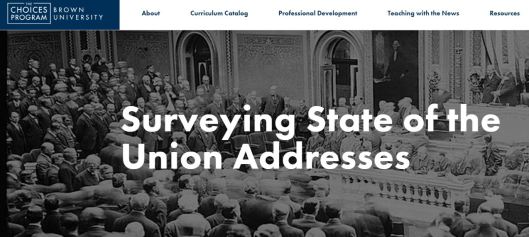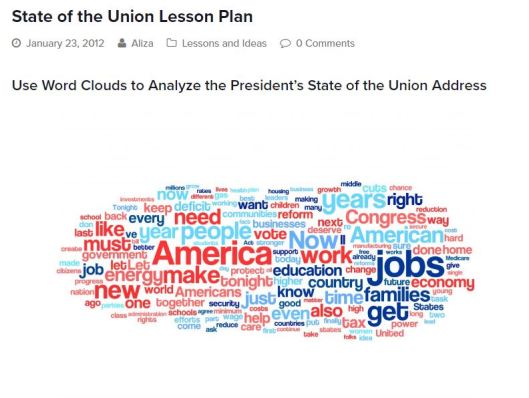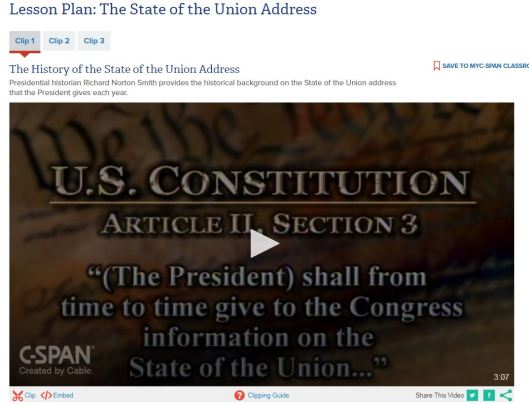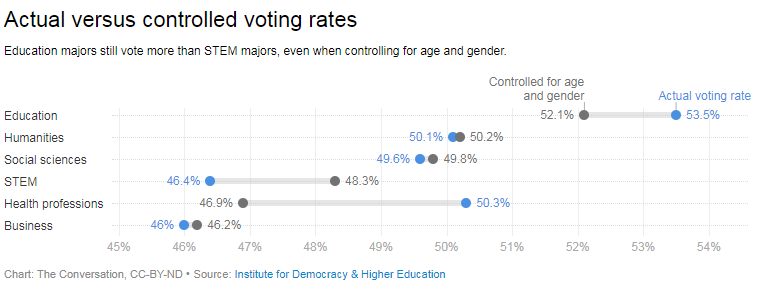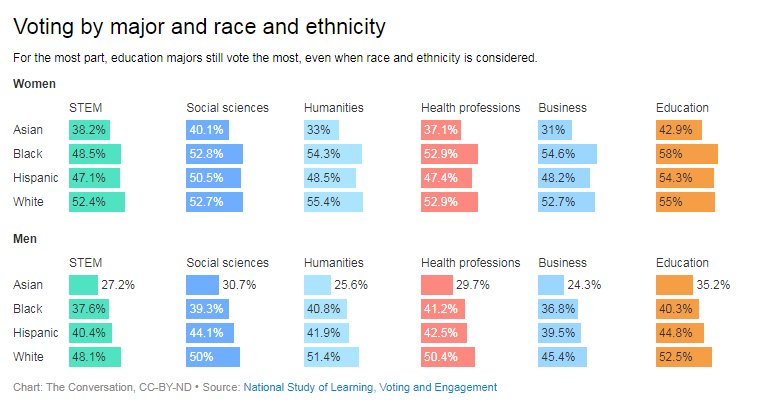The 30-page article, Discourse Quality in Deliberative Citizen Forums – A Comparison of Four Deliberative Mini-publics (2017), was written by Steffan Himmelroos, and published in the Journal of Public Deliberation: Vol. 13: Iss. 1. In the article, the author compares the findings from four deliberative citizen forums in order to better understand the quality of deliberation that tends to take place and suggests there are groups that have less influence in these processes. Read an excerpt of the article below and find the PDF available for download on the Journal of Public Deliberation site here.
From the introduction…
Since democratic theory took a deliberative turn in the early 1990s (Dryzek, 2002), there has been a growing interest in deliberative political practices where citizens resolve their differences through talking rather than voting. It has even been suggested that the deliberative ideal of a reasoned, respectful and open-minded argumentation is most likely to be attained in carefully designed citizen forums, like deliberative mini-publics (Fishkin, 1997; Fung, 2007). To gauge the promise of these deliberative mini-publics, researchers have looked into how policy opinions change as a result of taking part in deliberations (Hansen & Andersen, 2004; Himmelroos & Christensen, 2014; Luskin, Fishkin, & Jowell, 2002; Setälä, Grönlund, & Herne, 2010) and how deliberation might empower the participants (Andersen & Hansen, 2007; Gastil & Dillard, 1999; Grönlund, Setälä, & Herne, 2010; Nabatchi, 2010).
There has, nevertheless, been a lack of studies examining the quality of deliberative process (De Vries et al., 2010; Ryfe, 2005). Considering deliberative democracy’s emphasis on the quality of the process by which we reach a decision, one would think that standards of rationality, respectfulness and reflectiveness would be at least as important as the outcome. The good news is that we are seeing a growing number of studies looking into the content of discussions at deliberative citizen forums (Caluwaerts, 2012; Dutwin, 2003; Marlène Gerber, 2015; Karpowitz, Mendelberg, & Shaker, 2012). However, like most studies of deliberative forums, they still tend to focus on a single case. Consequently, we do not know the extent to which the findings from these forums are generalizable, and our understanding of the potential for citizen deliberation will remain limited unless we engage in more comparative work.
The aim of this study is to examine deliberative quality in a more systematic manner by comparing findings from four deliberative citizen forums, which have been analyzed with the help of the same measure, the Discourse Quality Index (DQI). The DQI is an established content analytical measure designed by Steiner et al. (2004) for capturing the quality of deliberative processes. The quality of citizen deliberation is evaluated by (a) the extent to which citizen deliberation fulfills a number of vital characteristics ascribed by deliberative theory and (b) whether deliberative behavior is equally distributed among the participants. Since there are relatively few studies looking at the content of deliberation, it introduces certain limitations with regard to comparable data. The cases included in this study (a Finnish deliberative experiment; Europolis – a Europe-wide deliberative poll; a deliberative experiment in Belgium; and a deliberative citizen forum in the United States) all have a similar design but have been arranged in different countries and focus on different topics.
The study is organized in the following manner. First, the deliberative process and its central elements are discussed from a normative standpoint, followed by a critique aimed at the claims forwarded by normative theory. Second, the benefits of more systematic and comparative research in the field of deliberative democracy are discussed. Third, the data from the Finnish deliberative experiment and the three deliberative forums compared to it are described. Thereafter, a description is given of the methods used and the empirical analysis, wherein the different forums are compared to each other. Finally, conclusions based on the analyses are presented. The main finding is that although the deliberative citizen forums show some variation, there are visible similarities. All cases display relatively moderate levels of justification and high levels of respect. With regard to participatory equality, the deliberative forums display concerning signs of inequality as women and those with less education are less active in the discussions. However, the evidence as to whether these groups actually produce lower-quality arguments is inconclusive. Interestingly, younger participants seem to produce higher discourse quality in all of the cases where it was analyzed.
Download the full article from the Journal of Public Deliberation here.
About the Journal of Public Deliberation
Spearheaded by the Deliberative Democracy Consortium in collaboration with the International Association of Public Participation, the principal objective of Journal of Public Deliberation (JPD) is to synthesize the research, opinion, projects, experiments and experiences of academics and practitioners in the emerging multi-disciplinary field and political movement called by some “deliberative democracy.” By doing this, we hope to help improve future research endeavors in this field and aid in the transformation of modern representative democracy into a more citizen friendly form.
Follow the Deliberative Democracy Consortium on Twitter: @delibdem
Follow the International Association of Public Participation [US] on Twitter: @IAP2USA
Resource Link: www.publicdeliberation.net/jpd/vol13/iss1/art3/


